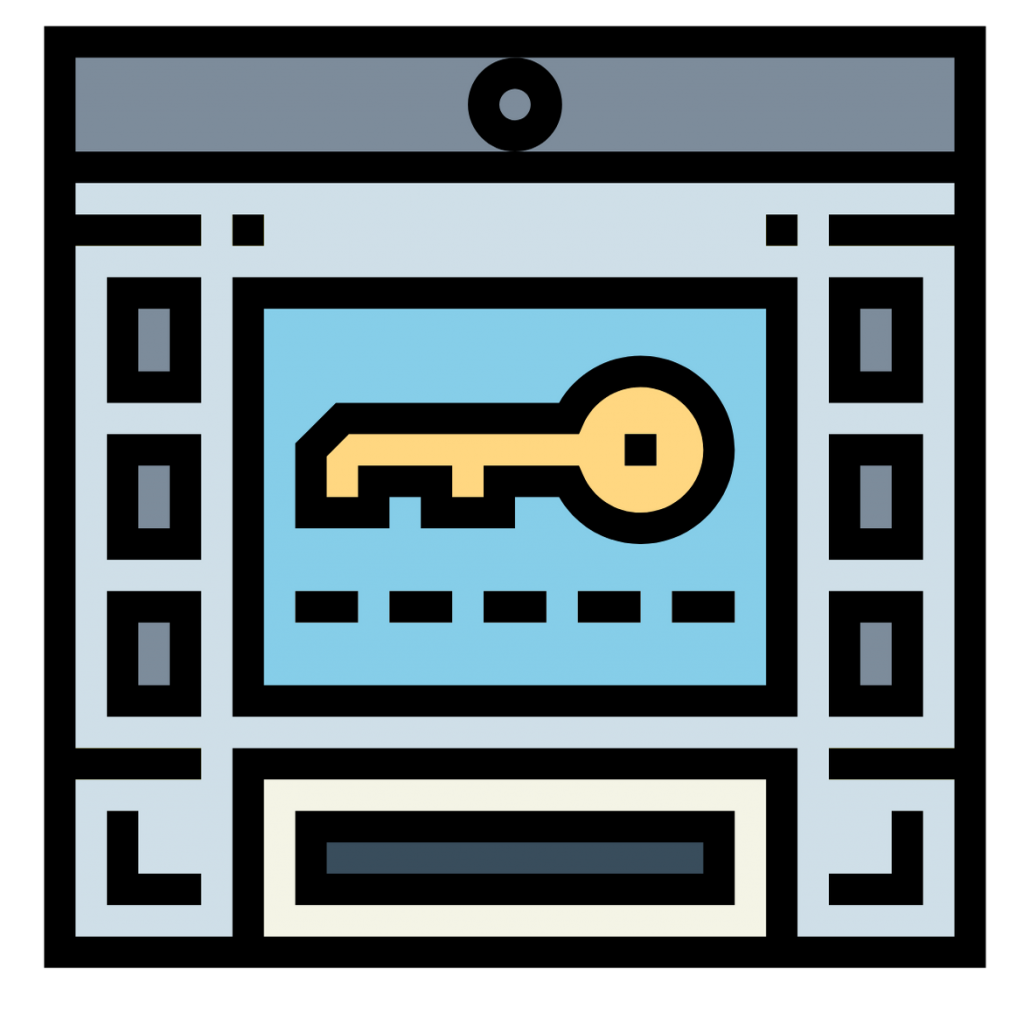Model and promote strategies for achieving equitable access to digital tools and resources and technology-related best practices for all students and teachers
ISTE Coaching Standards (2014)

Resonant Idea: Equitable access for all students and teachers
Spring of 2020 has proven to be the moment of truth for digital equity. Without a device and high speed internet, there is very little school work that can be done. Households that have these things at least have a chance that their children will continue some form of learning and connection to their teachers and classmates. These are extenuating circumstances, but they bring to light the reality of who has access and who doesn’t. I was surprised, for example, that the largest school district in our very tech-saturated area had not implemented 1-1 devices in high school prior to this time. I can’t imagine how students at that stage of their education can get by academically without a device, and yet many have been forced to. And this is in an area with easy access to high speed internet and a proliferation of wealthy tech companies. The situation can only be worse in rural areas with limited internet or urban areas with higher poverty rates than our own.
Technology is never the answer to all problems, but access to a device and high speed internet should be a baseline. Technology coaches can’t do this alone, but they can be advocates within their school or district for those that do not have access and do what they can to provide it. Within our district, teachers, tech specialists, counselors, and technology coaches have been on the lookout for students who are struggling. We try to remove any obstacles we can, including a lack of a device or wireless hotspot. Our district has been very supportive and we are fortunate that they have been able to meet the need so far.
As devices are provided to students during this pandemic, I was reminded of something we read by Jones and Bridges (2016) in our class “Values, Ethics, and Foundations in Digital Education.” Devices and high speed internet don’t just help the direct recipient of the technology, they can also have a positive effect on the family and even the community. Much like everything having to do with digital citizenship, there is an ecosystem effect.
The first of my Digital Leadership Guiding Principles explored how equal access to technology increases opportunity. In Accessible and Adaptable Computer Science Instruction I looked at how providing tools that make Computer Science accessible to students with various disabilities, as well as sharing stories of diversity in the tech industry, can make a world of difference to effected students. (Not all equity issues have to do with economic circumstances.) And in Making in Elementary: Finding the Balance, I address how different the makerspace experience could be in a lower-resource public school versus a wealthier private school.
References
Jones, M., & Bridges, R. (2016). Equity, access, and the digital divide in learning technologies: Historical antecedents, current issues, and future trends. In N.J. Rushby & D.W. Surry (Eds.), The Wiley Handbook of Learning Technology (pp. 327-347). Malden, MA: Wiley Blackwell.